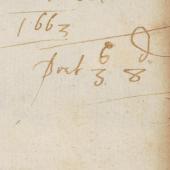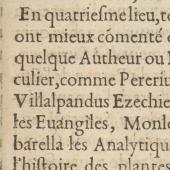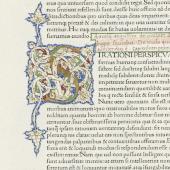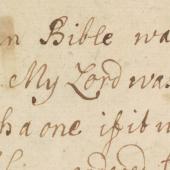The unparallel'd and prodigious quantity of its volumes
His royal favour
John Moore lived in an age when the concept of personal libraries was changing, from the small collection for private use to the much larger collection assembled for its beauty, rarity and historical significance. Books were still read by their owners, of course, but the market was no longer primarily based upon acquiring useful works; antiquarian value took on a much greater weight, and Moore was able to call upon a wide range of second-hand booksellers and auctioneers to supply books, often purchased through his chaplains Samuel Clarke and Thomas Tanner. His personal account book lists transactions with over fifty booksellers across a period of ten years.
By the time Edward Bernard compiled his remarkable 1697 survey of major collectors and collections, Moore had acquired only around a quarter of his manuscripts. He bought at several of the major auctions of the late seventeenth and early eighteenth centuries, following Naudé’s recommendation to purchase established libraries where possible, thus saving oneself a little of the arduous work of collecting book-by-book. Competition with other buyers led to high prices, however; £9 8s, the price of a Virgil bought ‘at auction’ in 1702, was the annual wage of Moore’s cook in the 1690s.




